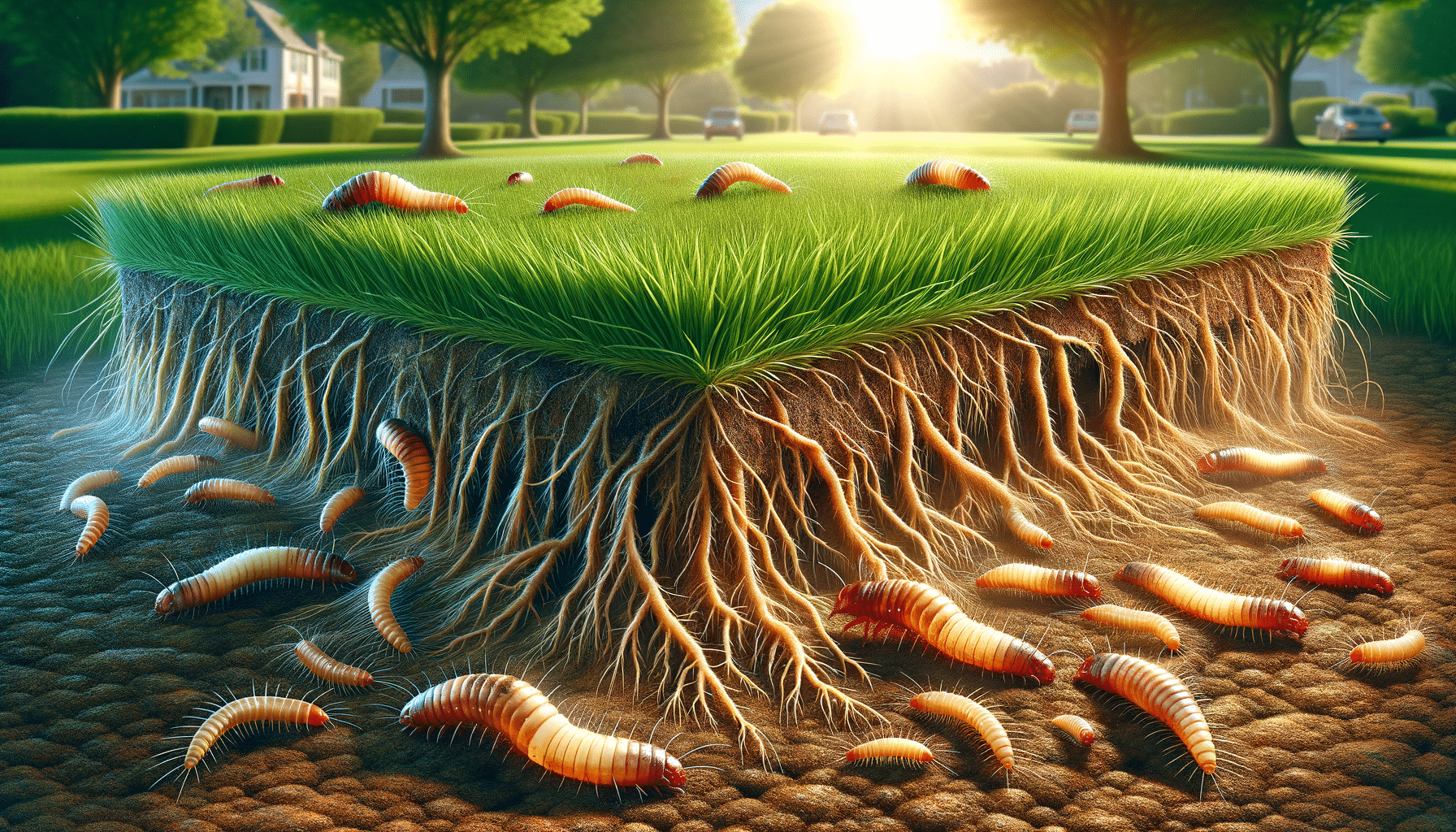
Recognizing the Signs of Lawn Grub Infestation
Introduction to Lawn Grub Infestation
Maintaining a lush, green lawn is a source of pride for many homeowners. However, beneath the surface, a hidden threat can wreak havoc on your grass—lawn grubs. These small, white, C-shaped larvae are the immature form of beetles and can cause extensive damage if left unchecked. Recognizing the signs of a lawn grub infestation early can save your lawn from severe deterioration. In this article, we will explore the various indicators of lawn grub presence and offer insights into effective control measures.
Identifying Lawn Grub Damage
One of the most apparent signs of lawn grub infestation is irregular brown patches that appear in your lawn. These patches often look like drought damage, but unlike dry grass, the sod affected by grubs will feel spongy and can be easily lifted from the soil. This is because grubs feed on the roots, causing the grass to lose its anchorage.
Here are some key indicators of lawn grub damage:
- Spongy Turf: If you notice that your lawn feels spongy underfoot, it might be due to the presence of grubs.
- Increased Animal Activity: Animals such as birds, raccoons, and skunks are attracted to lawns infested with grubs, as they feed on them. If you see increased digging activity, it might be a sign of an infestation.
- Dead Patches: Dead patches that do not respond to watering or fertilization could be a result of grub damage.
Understanding these signs can help you take timely action to prevent further damage to your lawn.
Lifecycle of Lawn Grubs
To effectively manage lawn grub infestations, it is essential to understand their lifecycle. Lawn grubs are the larval stage of various beetles, including Japanese beetles and June beetles. The lifecycle of these grubs typically follows a seasonal pattern:
- Egg Stage: Adult beetles lay eggs in the soil during the summer months.
- Larval Stage: The eggs hatch into larvae (grubs) that feed on grass roots from late summer to fall.
- Pupal Stage: As temperatures drop, the grubs move deeper into the soil to overwinter. In spring, they move back up to pupate into adult beetles.
- Adult Stage: The cycle begins anew as adult beetles emerge to mate and lay eggs.
Knowing this lifecycle allows you to time your control measures effectively, targeting grubs when they are most vulnerable.
Preventive Measures and Control
Prevention is always better than cure, and this holds true for lawn grub infestations. Implementing preventive measures can significantly reduce the risk of grub damage. Here are some strategies:
- Healthy Lawn Practices: Maintaining a healthy lawn through proper watering, mowing, and fertilization can make it less susceptible to grub invasions.
- Beneficial Nematodes: These microscopic organisms can be introduced into the soil to target and kill grubs without harming your lawn.
- Insecticides: If the infestation is severe, chemical insecticides may be necessary. However, they should be used judiciously to avoid harming beneficial insects.
Regular monitoring and a proactive approach can help keep your lawn grub-free.
Conclusion: Protecting Your Lawn
Recognizing the signs of lawn grub infestation is crucial for maintaining a healthy lawn. By understanding the symptoms, lifecycle, and control measures, you can protect your grass from these destructive pests. Regular lawn care and vigilant monitoring will ensure that your lawn remains vibrant and resilient against grub damage. Remember, a well-maintained lawn not only enhances the beauty of your home but also contributes to a healthier environment.